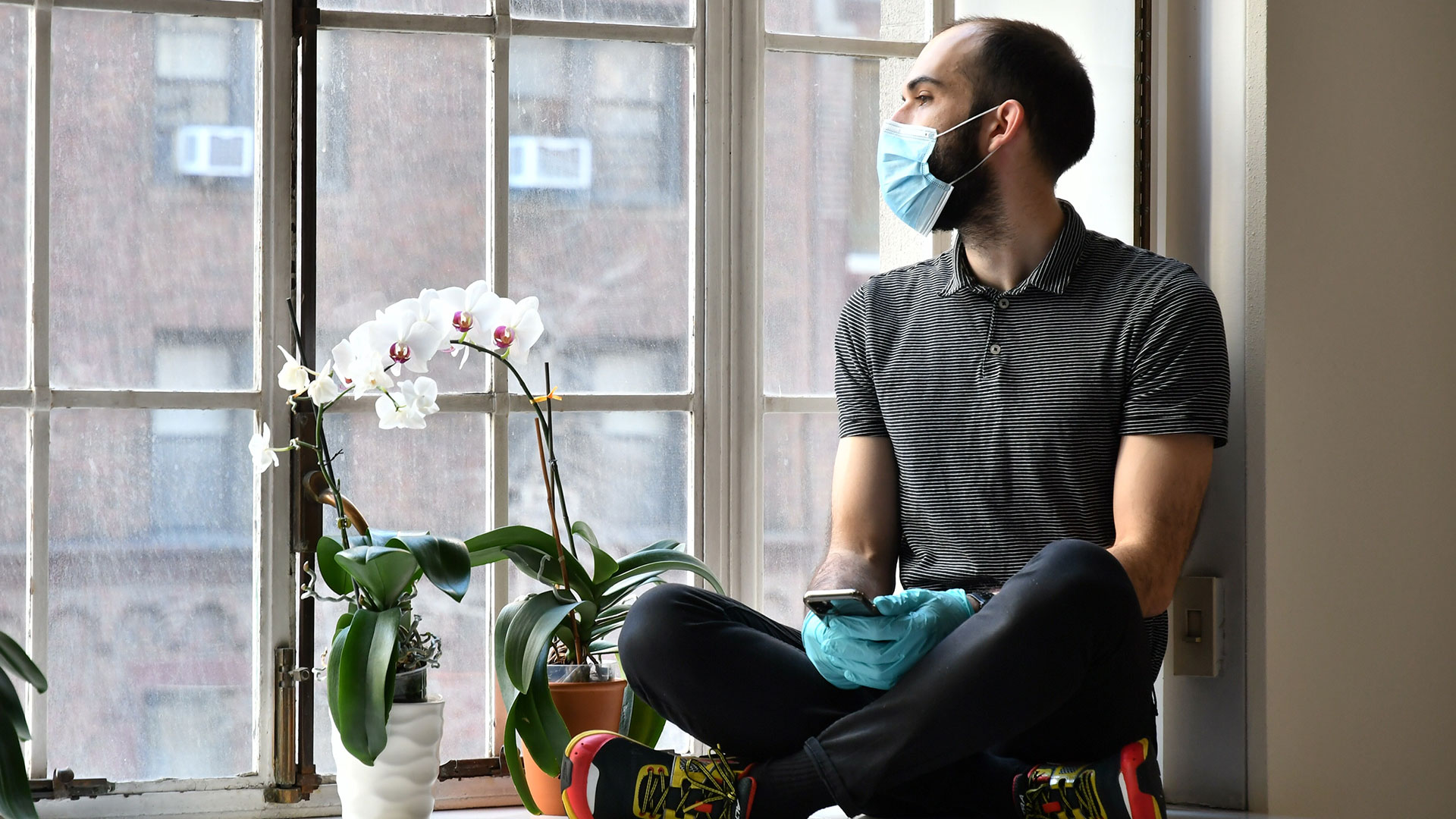The SARS-CoV-2 coronavirus pandemic, which causes the COVID-19 disease, has presented several challenges worldwide and one of the most devastating is social distancing, however, this measure could be extended until 2022 .
According to the BBC , this is a key measure to control the spread of the virus and prevent hospitals from being overwhelmed, leading to the vaccine being discovered or appropriate treatment identified to combat complications of the disease.
A study by the Harvard University School of Public Health found that social distancing measures could be performed intermittently in the United States until 2022.
Analyzing a projection model, the researchers presented various scenarios, taking into account factors such as seasonality and the possible immunity that people develop against the virus.
See also: Quarantine: what is 'cabin fever', its symptoms and how to fight it
"We project that recurrent SARS-CoV-2 outbreaks during the winter will likely occur after the most severe initial pandemic wave," they said in the journal Science .
Monitoring the duration of immunity, as well as preparing hospitals to care for more patients, would be other measures to control the resurgences of the contagion, which could last for several years.
What does intermittent social distancing consist of?
Dr. Fernando Rodríguez, professor of Preventive Medicine and Public Health at the Autonomous University of Madrid, told the British media that the measure proposed by Harvard supposes the relaxation of social distancing by seasons, in order to increase the immunity of the population.
That is, when the quarantine is lifted and people take to the streets again, the virus will transit again and a winter outbreak could occur that would be coupled with the flu season. Then a new period of confinement could occur.
"That would allow people to gradually develop the immunity of the herd and when the infections are very high, confine us again and so on," said Rodríguez.
Measures such as staying home, keeping at least three feet away, wearing cloth masks in public, not gathering in groups of more than 50 people could relax, but would eventually have to be reapplied to control outbreaks.
This would allow the population to lead a relatively normal life, that the economy could reactivate and that collective immunity be generated. "Little by little we would be contagious and with 60%, 70% of the infected population, we would quickly return to normal," said the doctor.
See also:
Woman tests positive for COVID-19 despite being in quarantine, why did it happen?
Are there two types of coronaviruses? This is what scientists have discovered.
Bruises and blisters on the feet, a new symptom of the coronavirus?
Related video: How celebrities take care of their mental health during social distancing

